Residents
History of Microgreens
Microgreens began showing up on chefs' menus as early as the 1980s in San Francisco. In Southern California, microgreens have been grown since the mid‑90s. Initially, a few varieties were offered; those available were: arugula, basil, beets, kale, cilantro, and a colorful mixture of those called a "Rainbow Mix". Having spread eastward from California, they are now being grown in most areas of the United States, with an increasing number of varieties. Today, the U.S. industry for microgreens consists of a variety of seed companies and growers.

Our Produce
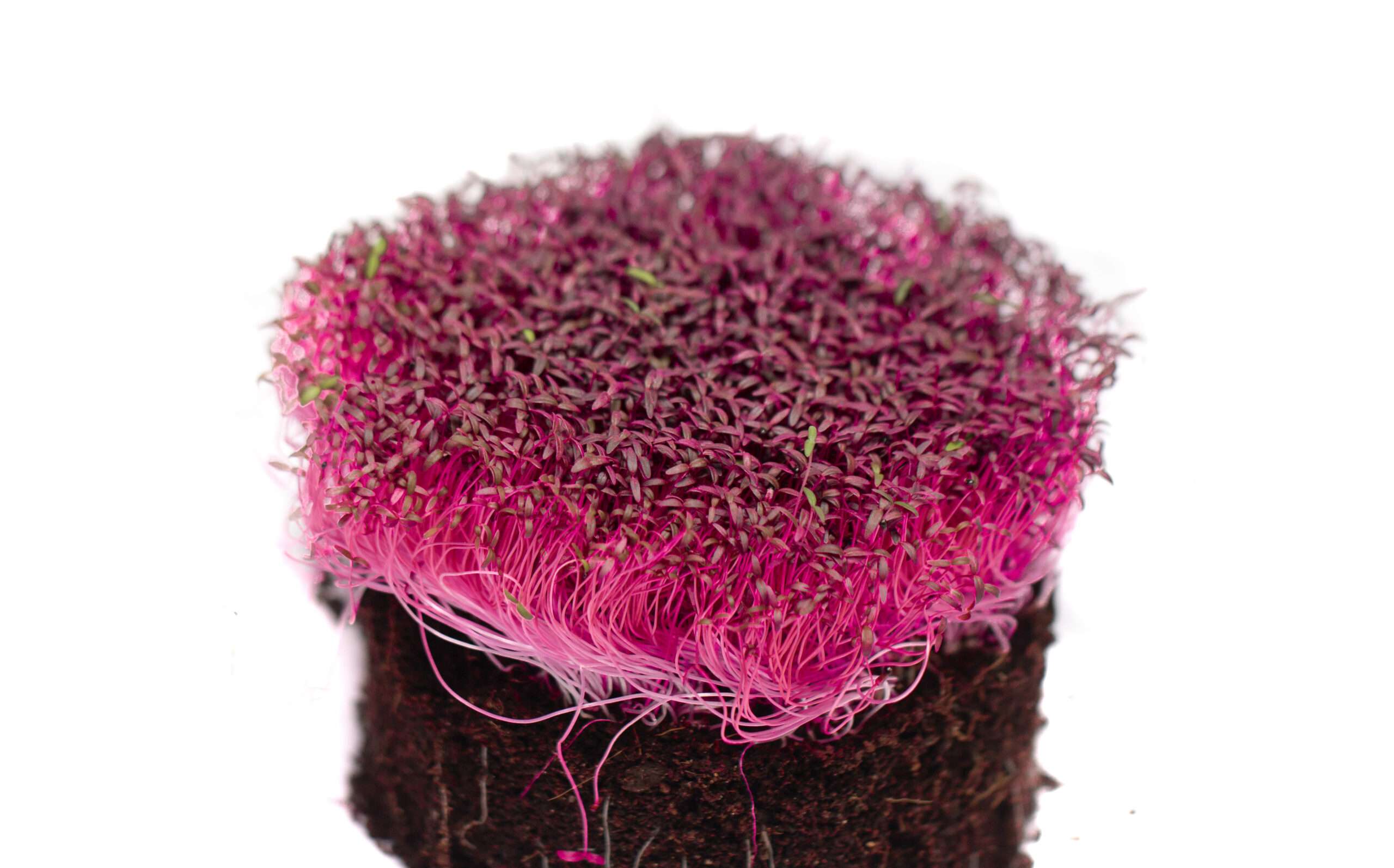
Amaranthus Red Garnet Microgreens
These bright red and pink colour microgreens have a beet like earthy flavour profile. They are packed with thiamine, niacin, calcium, potassium, iron, manganese, zinc, and copper, and its leaves are a good source of vitamins A and C and folate.
- Boosts the immune system
- Helps in treatment of cardiovascular disease and hypertension
- Decreases hair loss and greying
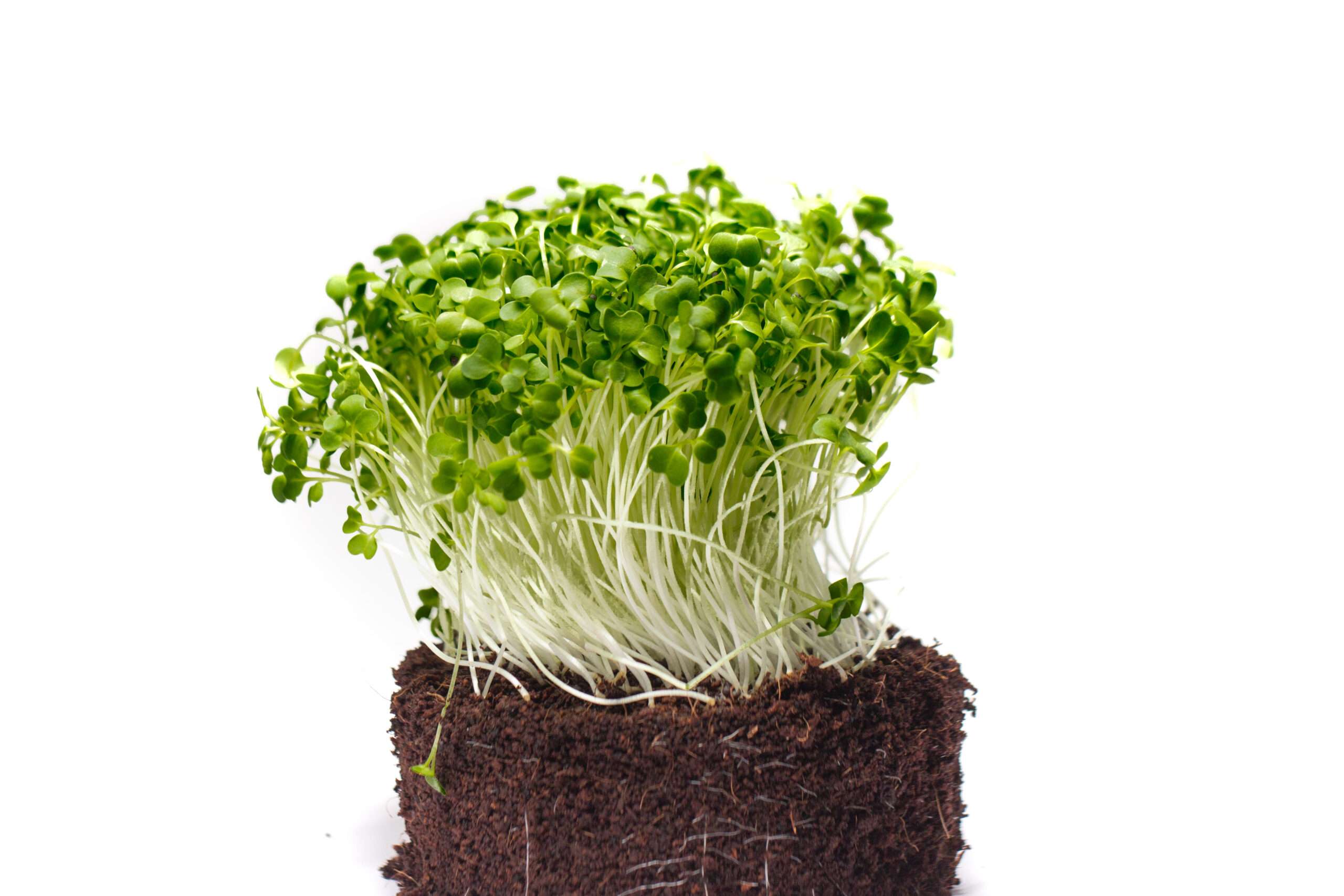
Broccoli Microgreens
This crunchy mild juicy cabbage flavoured broccoli microgreens are rich in sulforaphane. Broccoli microgreens have concentrated levels of vitamins A, B, C, and E, calcium, copper, iron, magnesium, phosphorous, and zinc.
- Decreases oxidative stress and inflammation in kidneys
- Anti-cancer & anti-diabetic properties
- Reduces blood pressure in the cardiovascular system
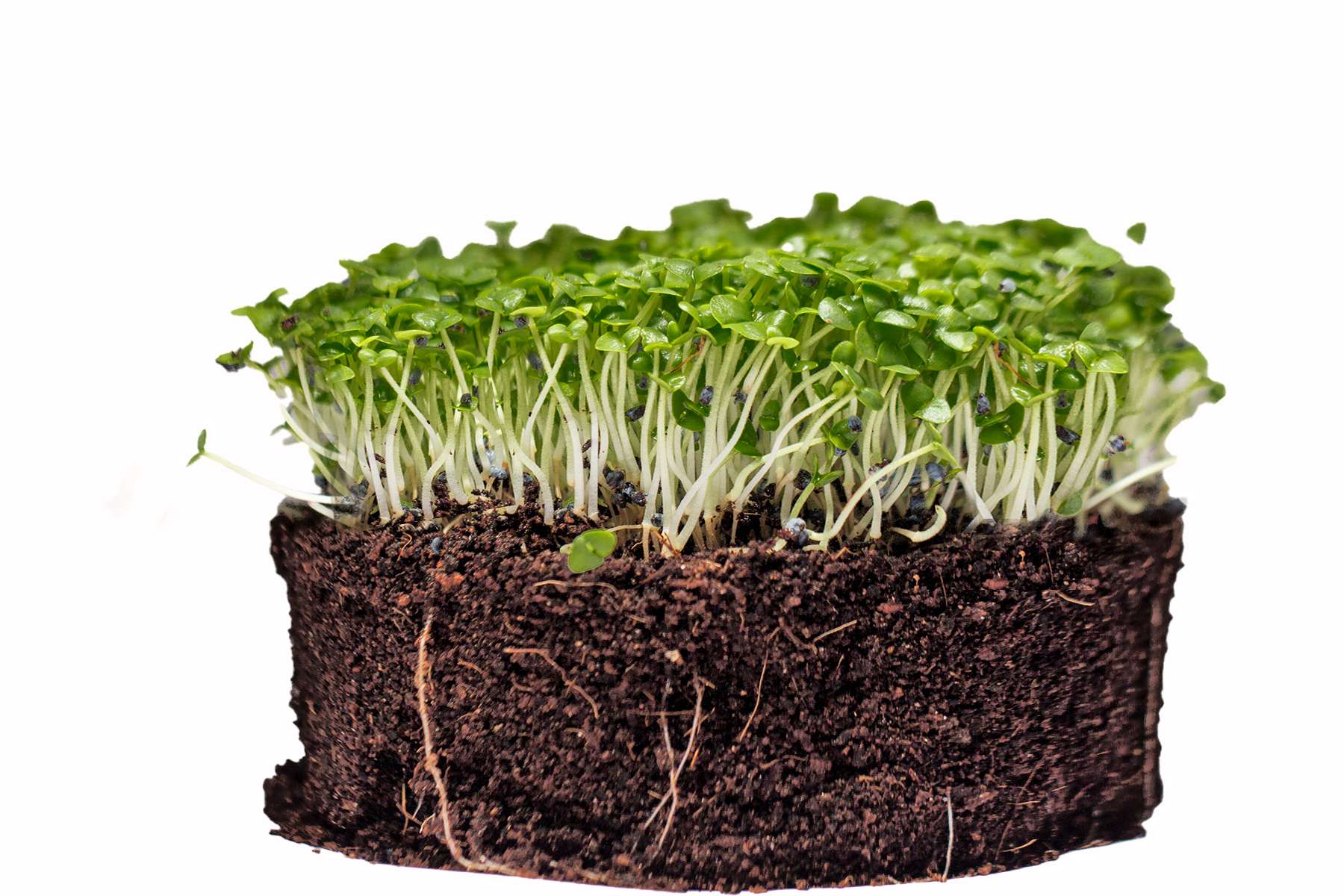
Basil Microgreens
These baby shoots are no different in taste than mature basil but filled with protein, vitamins E, A, K, B6, and C; as well as calcium, iron, zinc, magnesium, copper, phosphorous, and even potassium as in mature leaves.
- Contains anti-inflammatory & anti-bacterial properties
- Healthy bone & teeth
- Blood formation & coagulation
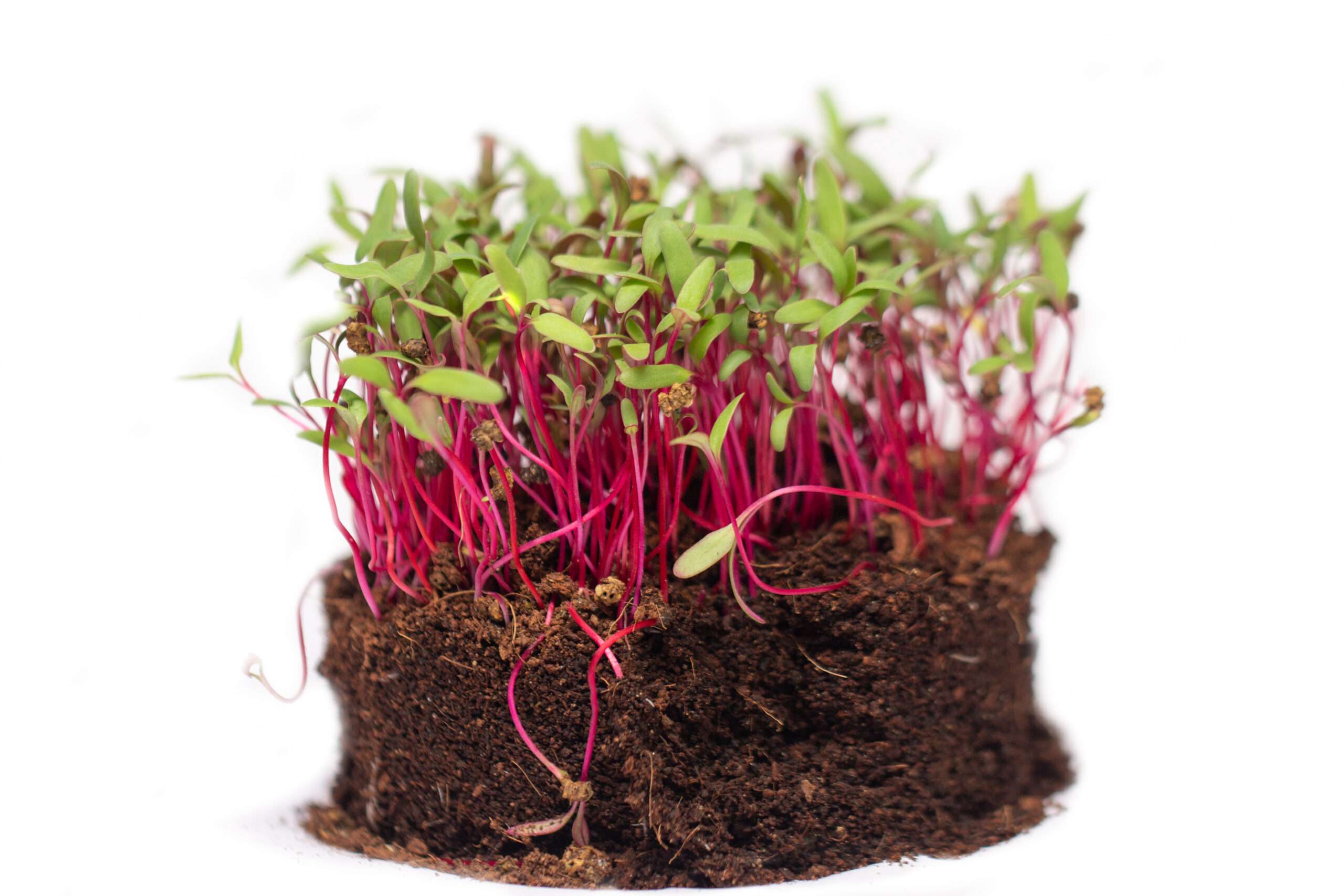
Beetroot Microgreens
Beetroot microgreens have a sweet, earthy flavour, more likely like beet leaves. They contain high levels of Vitamin B6, Vitamin C, Folate, and the minerals copper, iron, magnesium, manganese, and potassium. They also contain thiamine, riboflavin, zinc as well and beta carotenes.
- Boots digestion
- Reduces inflammation
- Promotes healthy skin

Gongura Microgreens
Potent with folate, riboflavin, iron, zinc, antioxidants, and vitamins A, B6, and C. These baby greens offer a mild green and tangy flavour. They are highly rich in fibre and micronutrients like magnesium.
- Boosts anti-oxidant content
- Manages weight
- Boosts mental and physical health
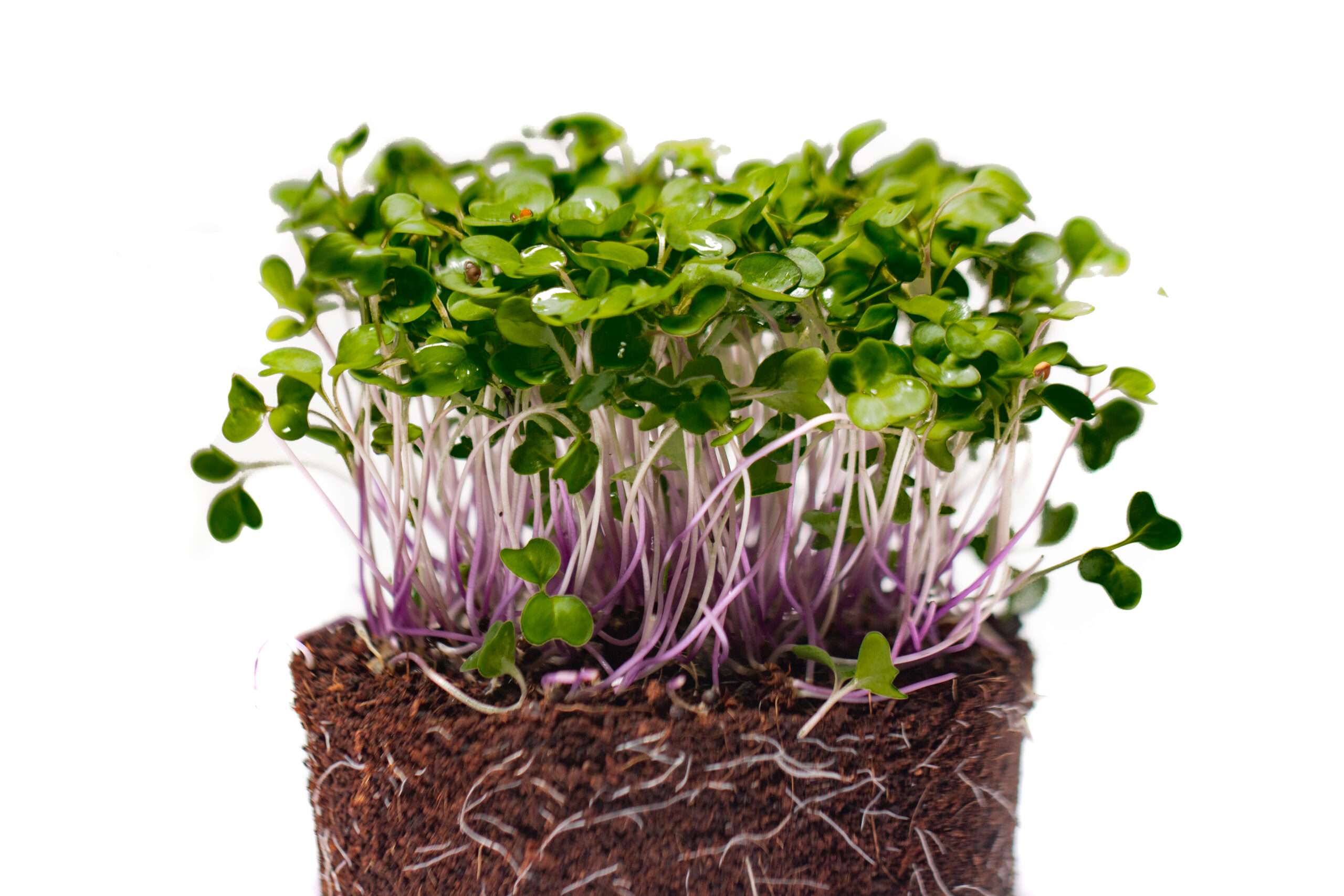
Kohlrabi Microgreens & Purple Kohlrabi
Kohlrabi microgreens have a taste similar to turnips, they are sweeter and greatly complement any dish because of its unique flavour. Potent with Vitamin C, Potassium, Vitamin B6, Phosphorus, Folate, Thiamin and Calcium they have major health benefits.
- Builds immunity
- Helps energy-pump
- Decreases diabetic risk

Mustard Microgreens
With a sweet and mildly spicy taste mustard microgreens and the most sought after. These are said to have several vitamins such as A, C, K and E and are dense with protein, fibre, folate, calcium & iron.
- Stimulates healthy hair growth
- Relieves congestion and clears out sinuses
- Fights diabetics and other lifestyle conditions
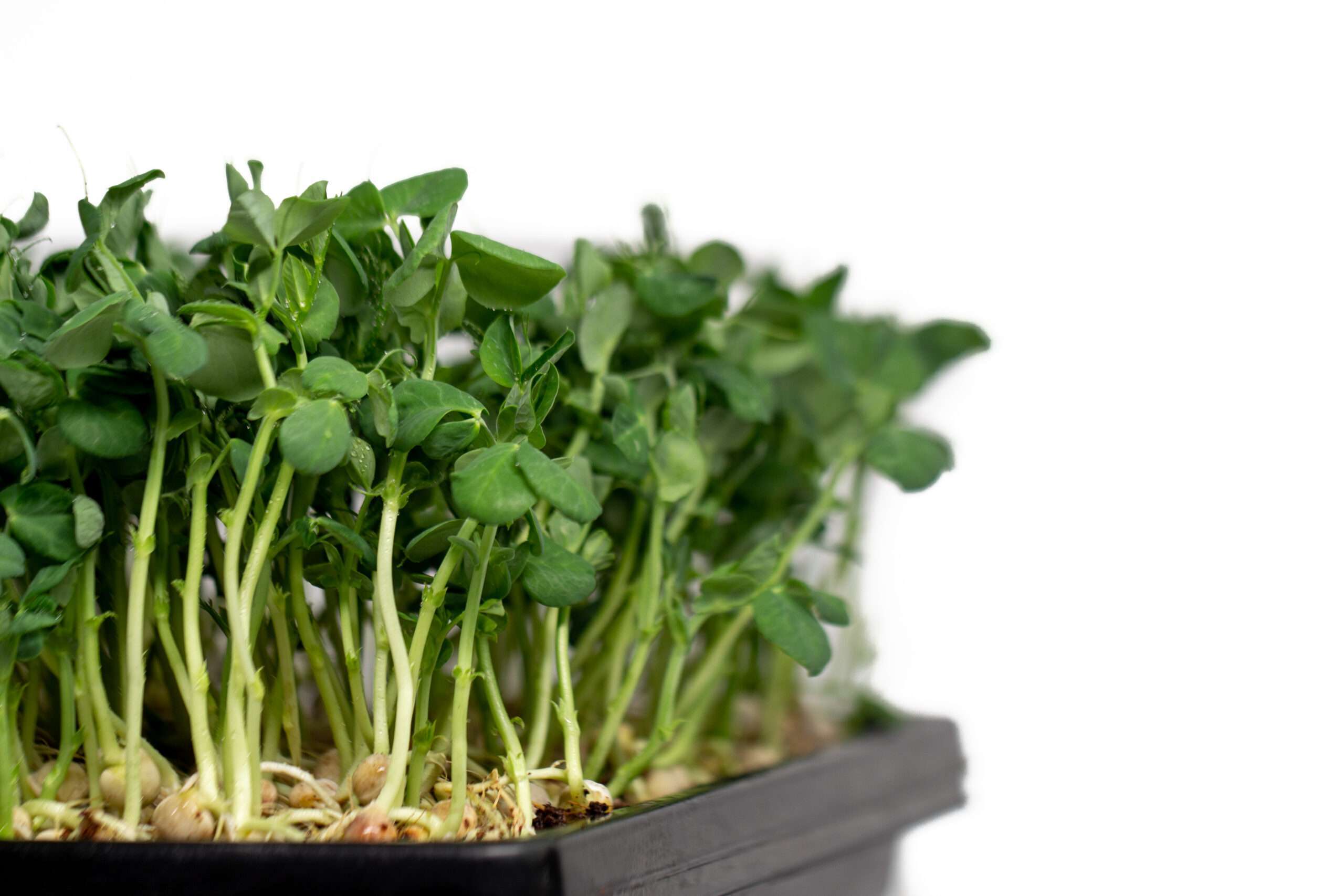
Pak Choi Microgreens
Pak Choi are pale green microgreen with a slightly sweet and robust flavour. These microgreens are rich in Vitamin A, K, C, iron, calcium and magnesium. Apart from they also contain folic acid, calcium, magnesium, manganese, thiamine, zinc and niacin.
- Supports thyroid health
- Lowers blood pressure
- Promotes bone heath
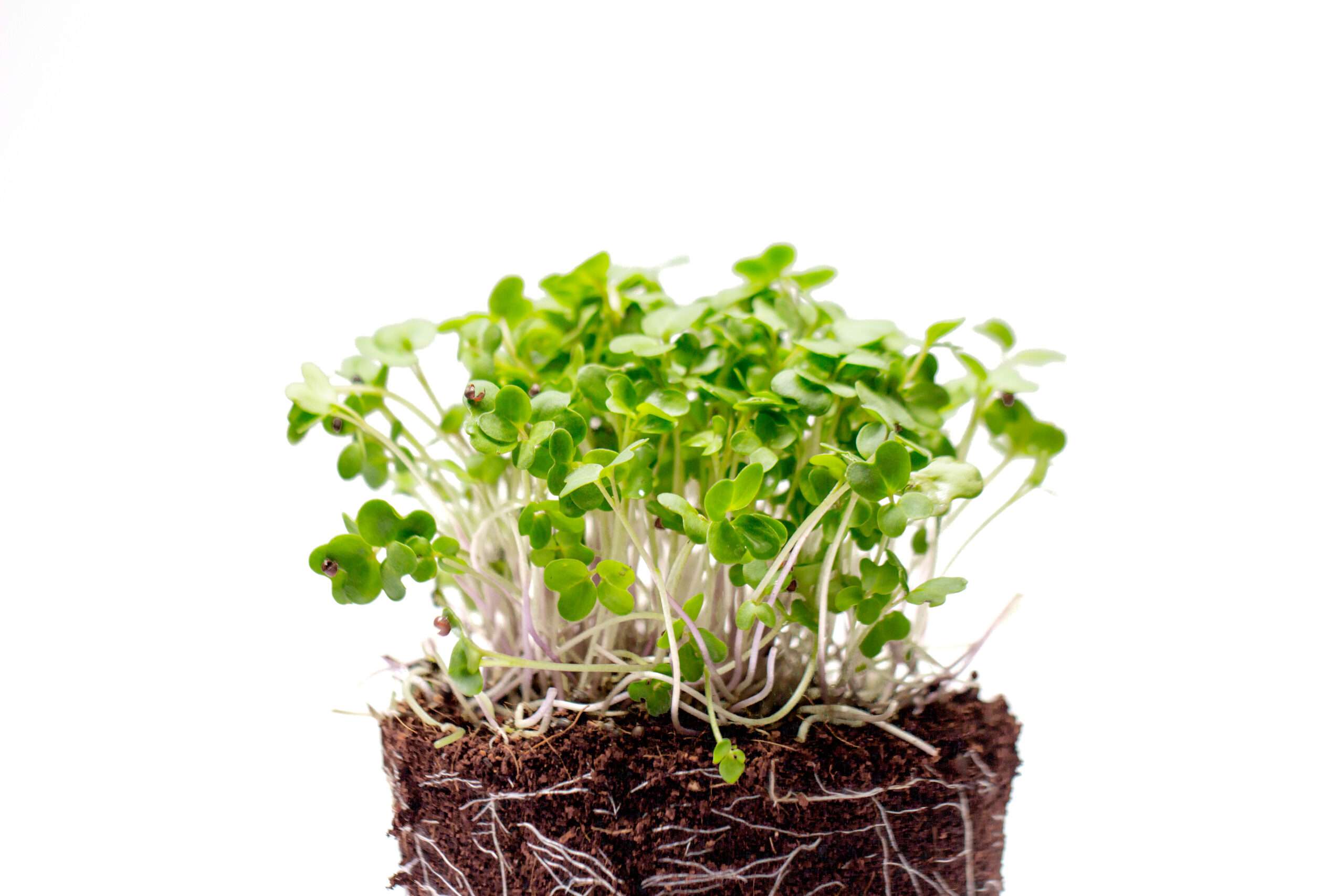
Pea Shoot Microgreens
This crunchy mild pea flavoured sweet microgreens, pea shoots contain, such as antioxidants, flavonoids, carotenoids, including beta carotene, which is also known as Vitamin A.
- Prevents cancer
- Contains anti-inflammatory properties
- Improves heart health
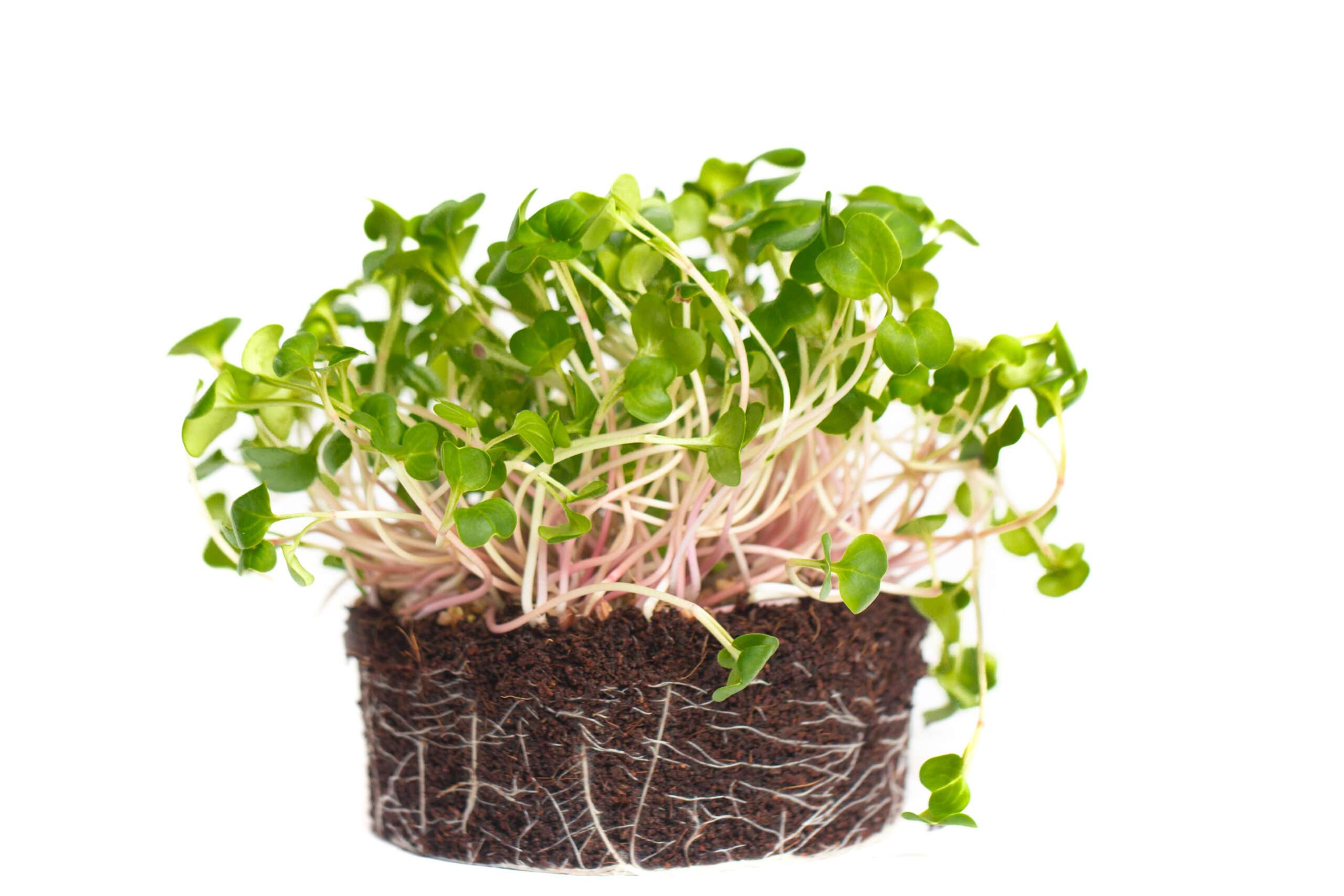
Purple Radish Microgreens
These substantial purple baby green contain a mild peppery after taste since they belong to the radish family. They contain potent vitamin B3, B6, C, folate and traces iron, magnesium, potassium, phosphorous, calcium, pantothenic acid, and zinc.
- Improves cardio vascular system
- Benefits healthy, neutrally glowing skin
- Controls Alzheimer disease
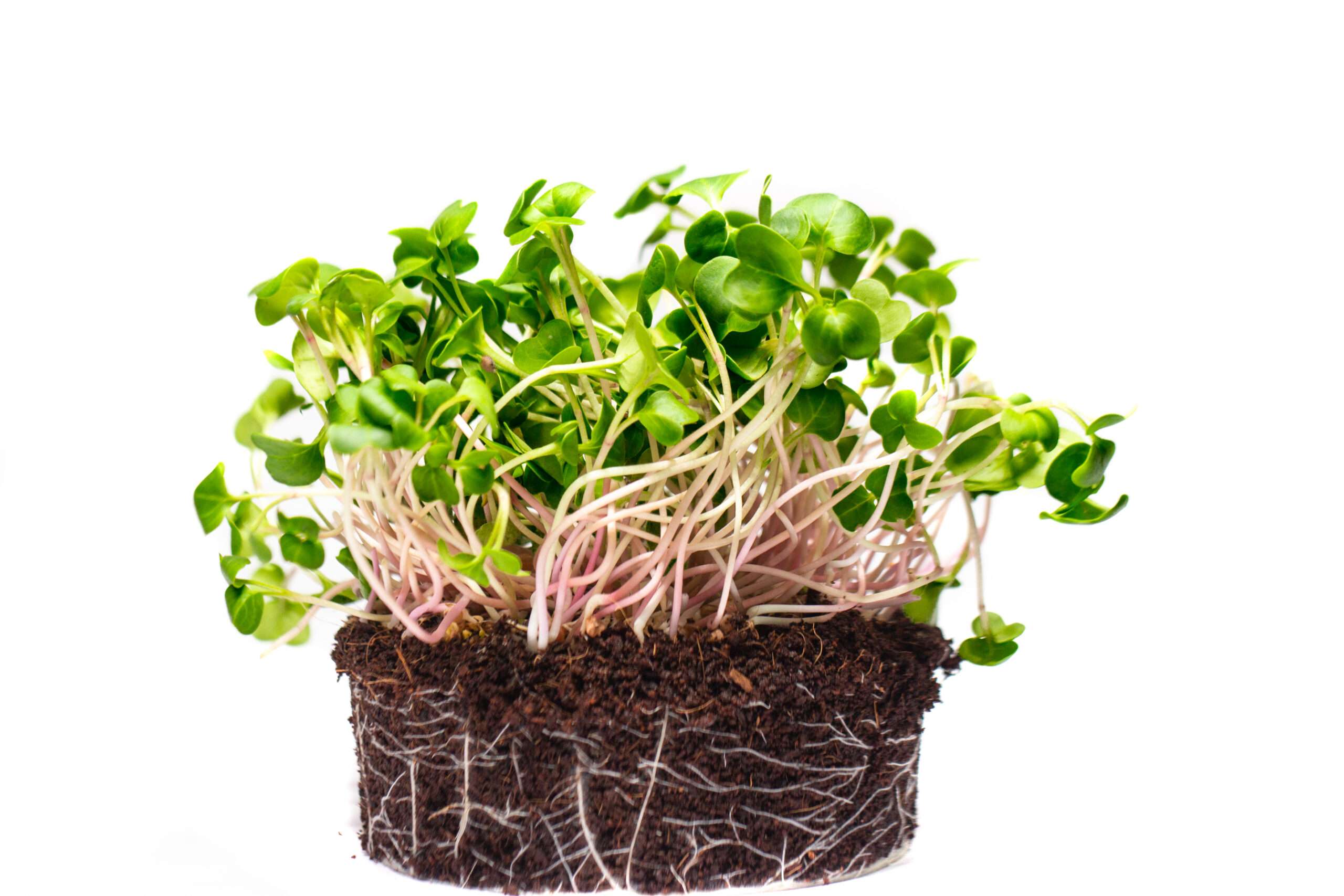
Radish Microgreens
These microgreens have a similar peppery radish taste but zestier. Packed with high levels of vitamins A, B, C, E, and K. They also deliver calcium, iron, magnesium, phosphorus, potassium, and zinc to the human body.
- Improves cardio vascular health
- Benefits skin
- Aids weight loss

Red Cabbage Microgreens
These baby plants are crisp and tender with a fresh, green, and earthy flavour. They contain fibre, beta-carotene, calcium, magnesium, potassium, iodine, and sulphur.
- Improves eye sight
- Builds immunity
- Great for fetal development
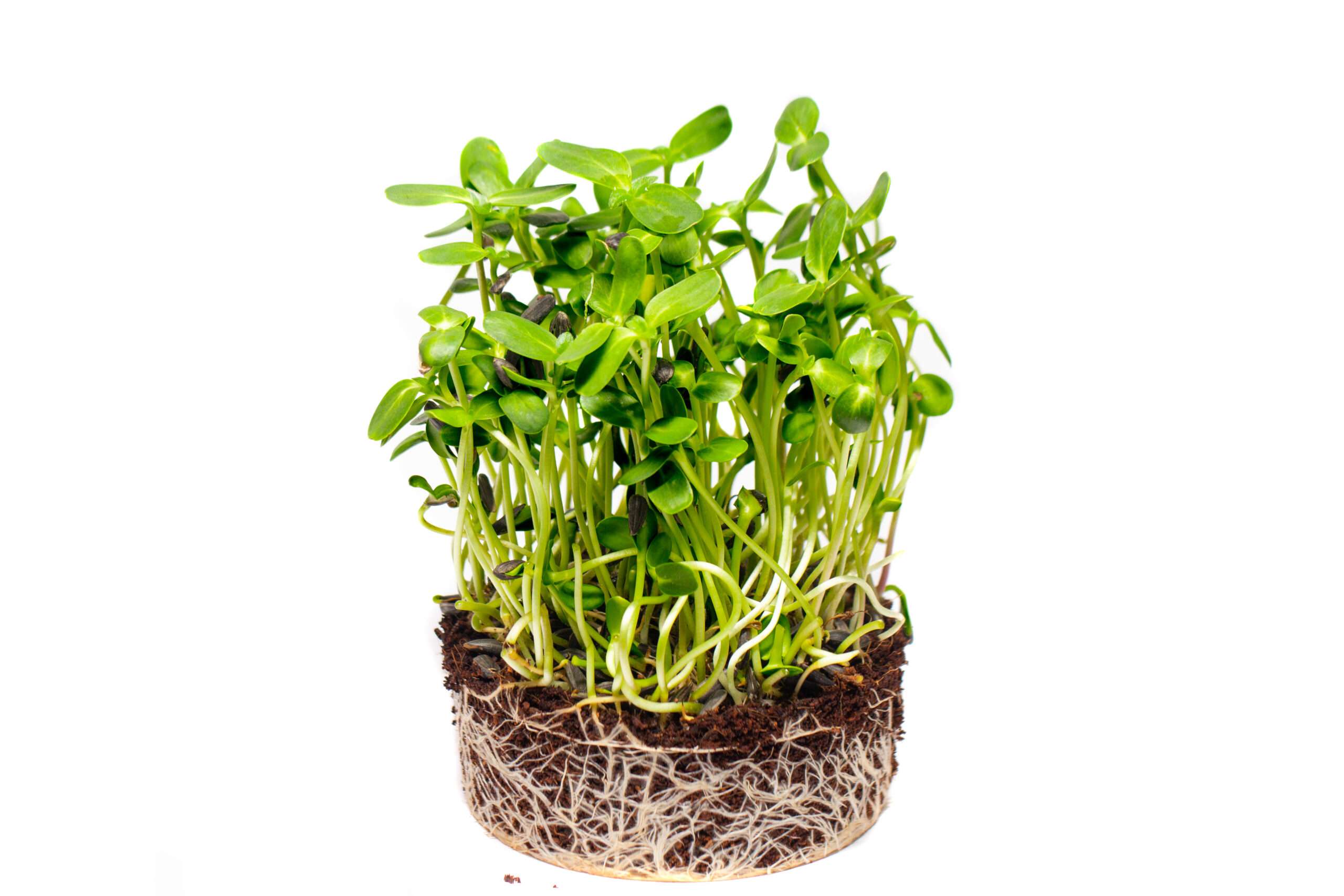
Sunflower Microgreens
With a nutty flavour and a crunchy texture, sunflower microgreens contain all of the essential amino acids as well as iron, potassium, magnesium, calcium, copper, and phosphorous.
- Improves muscular, skeletal, and neurological functions
- Boots immune system
- Improves digestive regularity
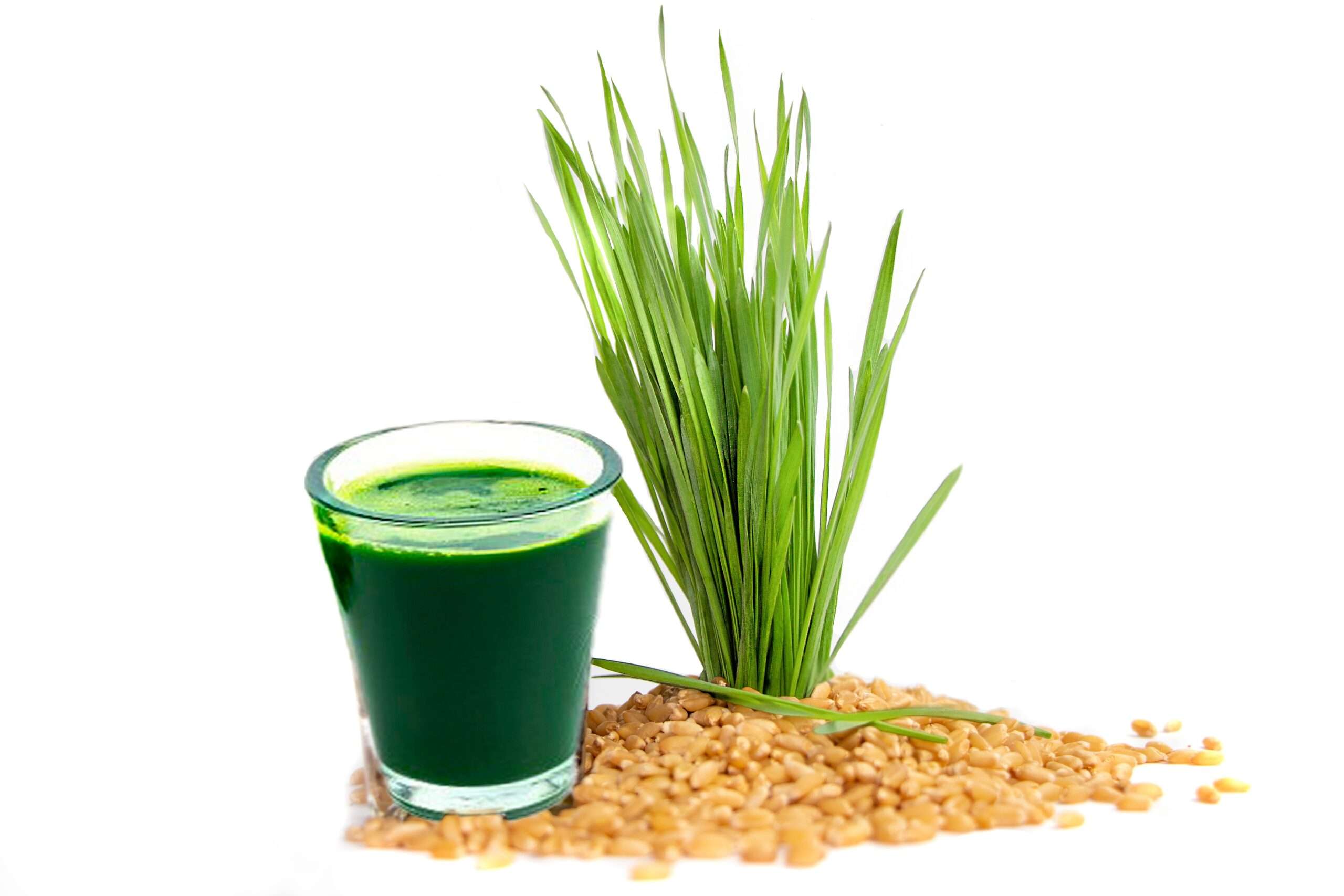
Wheatgrass
Wheatgrass microgreens are mildly sweet and grassy in taste. Often consumed for its nutritional and healthy benefits. They are low in calories but high in antioxidants such as glutathione, vitamin C and vitamin E.
- Regulated blood sugar
- Lowers cholesterol levels
- Aids healthy digestion
Talk to an Expert
Our Gallery


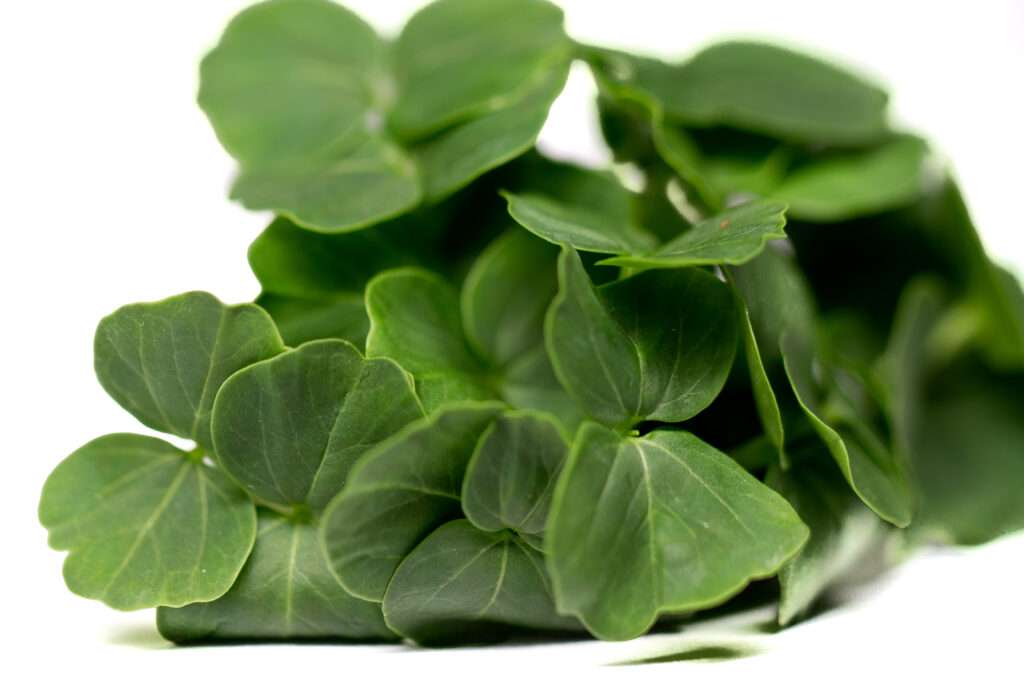


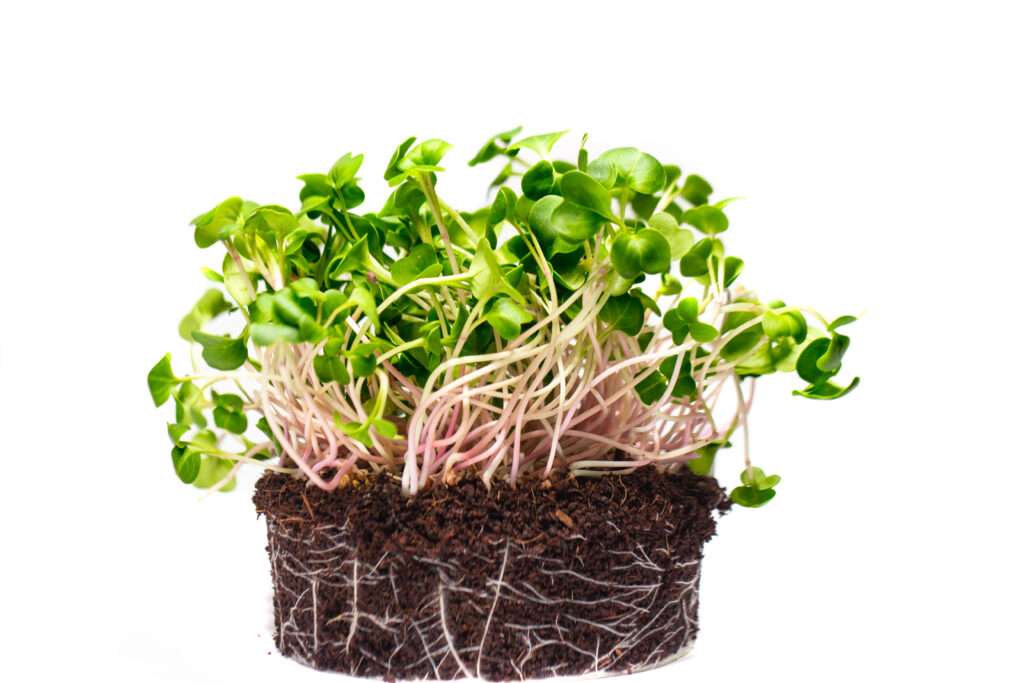


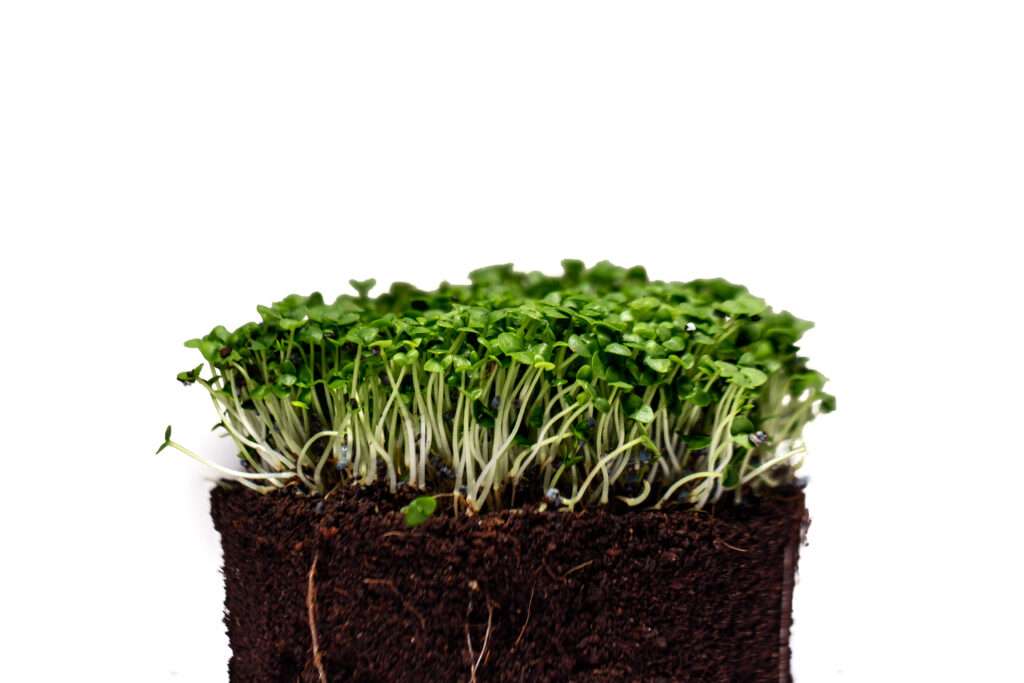
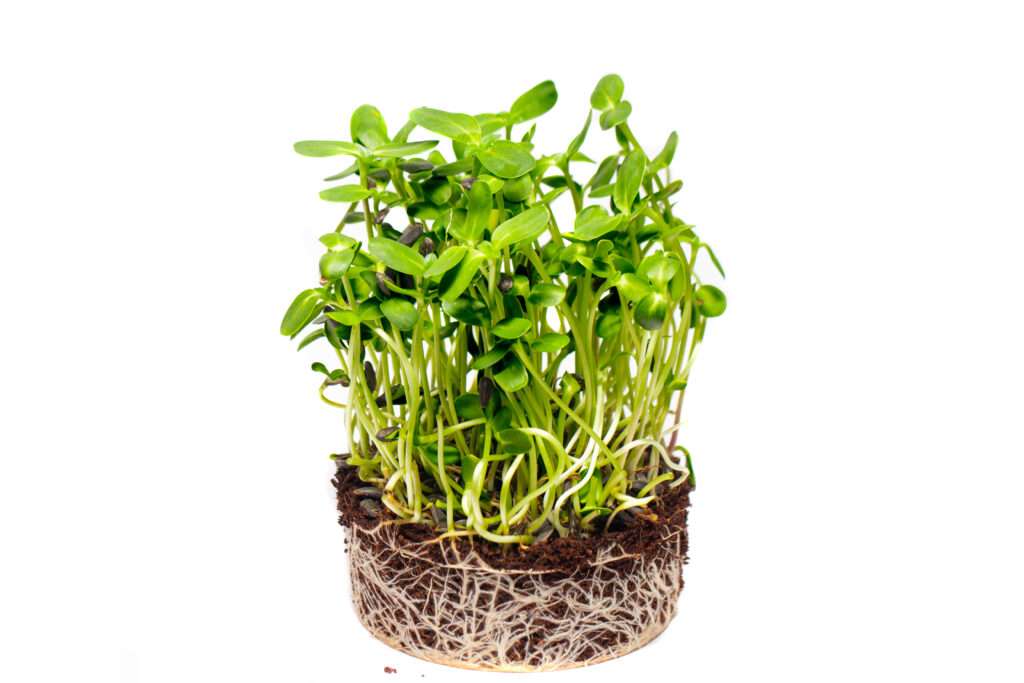
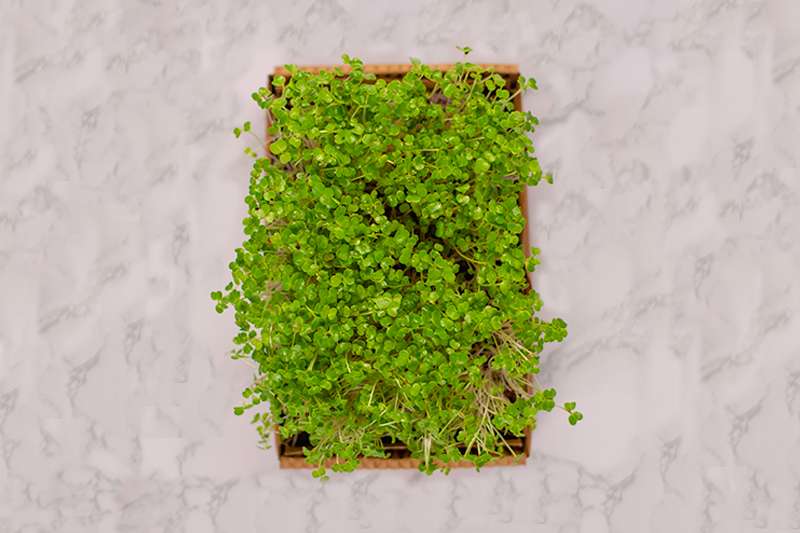
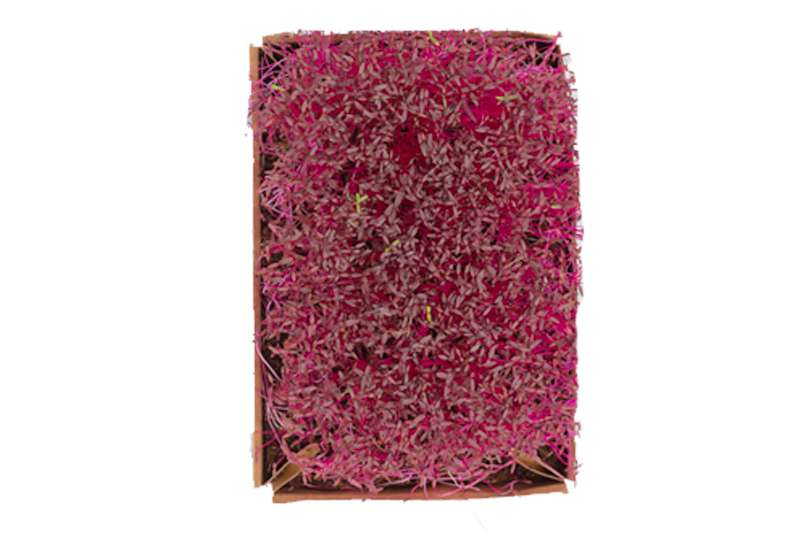
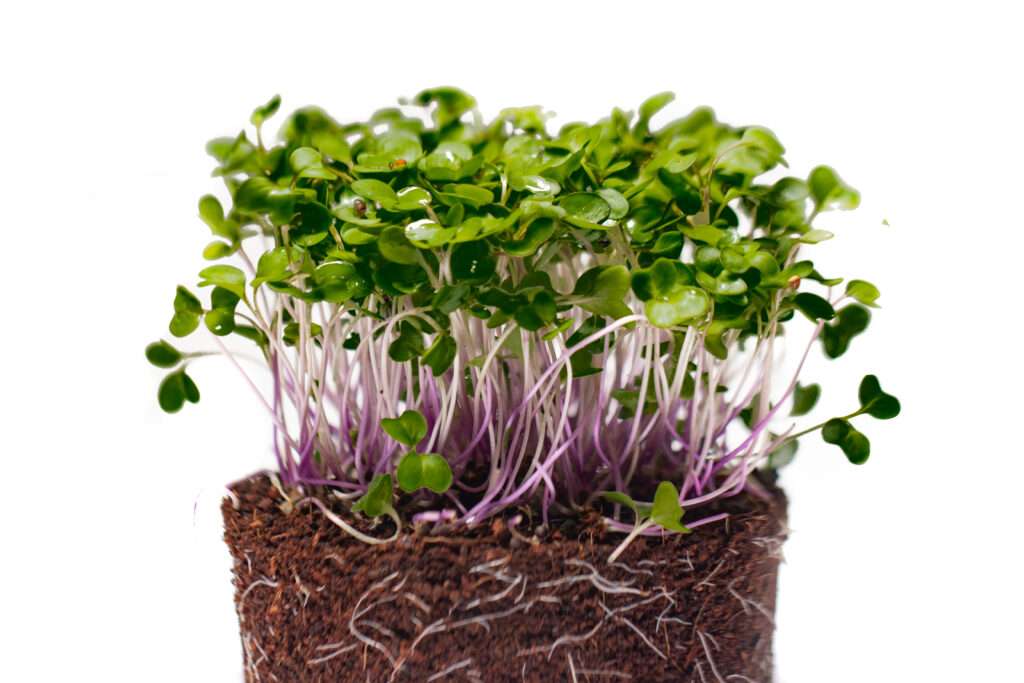

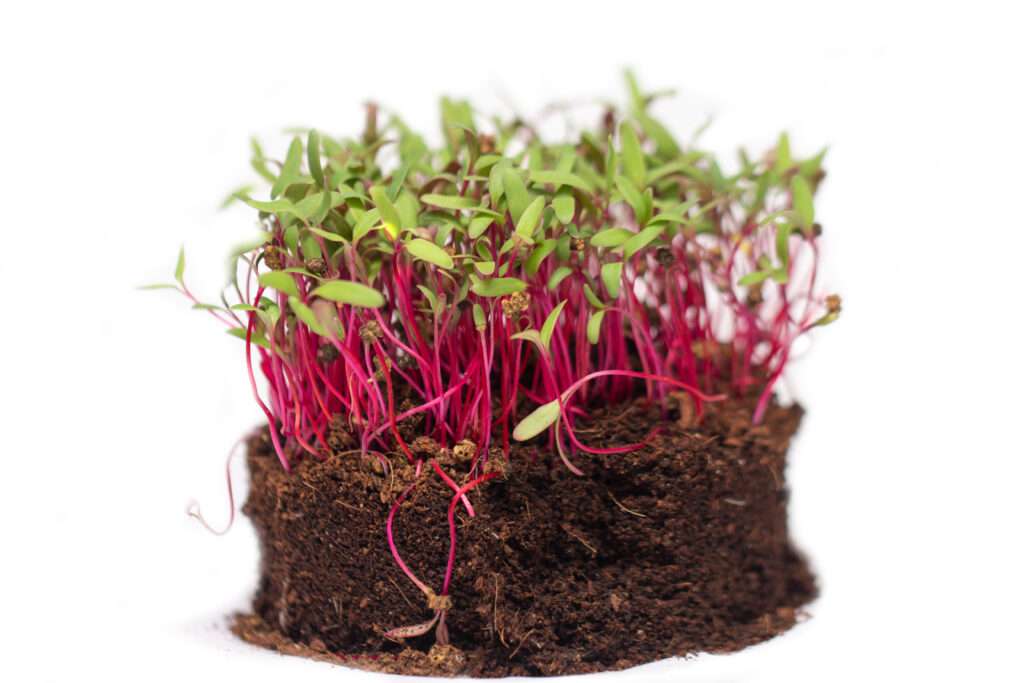
Hotel / Restaurant
In Hotel / Restaurant's among other dishes, microgreens are used to garnish open-faced avocado & bocconcini bruschetta's, enoki & roasted pepper pizzas, charred broccoli & pine nut soup, and lemon & tender pea risotto.

